This example circuit is given in Texas Instrument's application note SLVA001: "Designing Switching Voltage Regulators With the TL494":
They use a 140 μH inductor and a 220 μF electrolytic capacitor for the LC filter (capacitor value not printed on the circuit diagram but given in the accompanying calculations). This results in a cutoff frequency around 1 kHz and a -180 degree phase shift in the output. This output is then fed back trough resistive divider R8/R9 to one of the TL494's error amplifiers.
I don't understand why there is no need for any frequency compensation in this example. In fact, both this application note and TI's TL494 datasheet never even mention the error amplifier's phase. In the region above 1 kHz where the LC isn't yet attenuating much and the TL494's error amplifier can still easily reach the configured 40 dB gain surely the loop gain is above unity and the phase shift (LC filter + error amp's own) exceeds -180 degrees?
(I do realize the output capacitor's ESR introduces a zero that makes the LC filter's phase come back to -90 degrees at higher frequencies but that does not seem to be much help in the region right above the LC's cutoff point).

